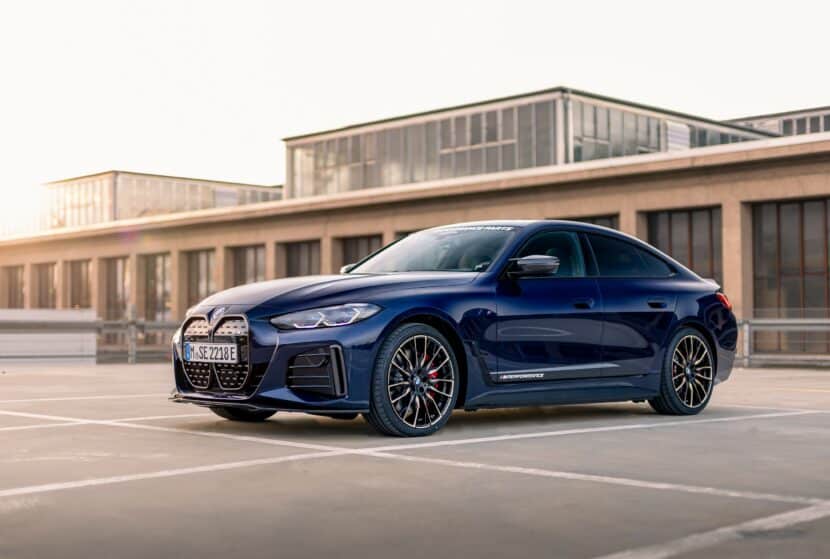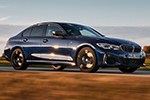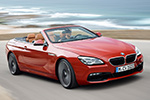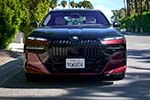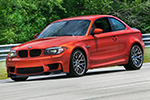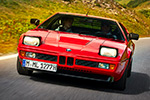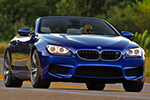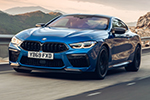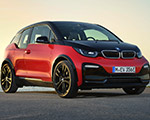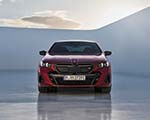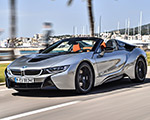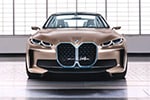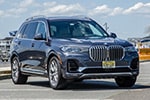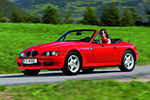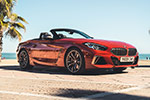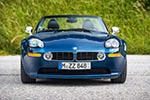We got to sit down with BMW M boss, Frank van Meel, at the 2025 Concorso d’Eleganza Villa d’Este. Subject matters ranged far, but stayed decidedly far from some of the heavier headlines of the weekend. For example, the M2 CS surprise visit or the Speedtop Concept debut. We covered some familiar favorites, though, including the new (and old) M5, hybridization and electrification, and hypercars (kind of).
M5 Demand is Holding Strong
The i4 M50 is the best-selling M vehicle car by volume. And the M2 is the best-selling full M. But the M5 is putting up impressive numbers, according to van Meel. He says there’s a “very, very high demand for the new M5,” and that the model is “skyrocketing in production, numbers and sales. It’s [demand] not going down.” What might be more surprising is that Europe’s orders are predominantly for the sedan version. In the US, the Touring is captivating more customers. Frank says that worldwide, it’s “more or less 50/50.”
On a related note, Frank also fielded some questions around the M5’s weight, unsurprisingly. While acknowledging the car’s weight, he mentions that “it’s quicker than its predecessor on the tracks.” He attests that weight was the “only trade off” BMW had to make for making the M5 “effortless to drive,” citing improved fuel economy, more power, lower emissions, and a smooth powerband.
And Frank says BMW M treated the M5’s weight problem as they would in racing. Wider wheels, a wider track with wider bodywork, active rear steering, and positioning the batteries low on the vehicle help make the car still behave like an M5. “We know we’re going to put weight in the car,” he said, but it was calculated. It was the cost of doing business in order for BMW M to use the V8 engine.
Making The Case For Hybrid and Electric M Cars
Frank isn’t tied to certain drivetrains in his M cars. “M — since 1972, when we were founded as M, or Motorsport GmbH — has always been motorsport and emotion. And every time you sit in an M, and you drive an M, you say, this is an M…it’s all about emotion and motorsport. And that is more or less independent from the drivetrain.” He’s right, too. He discusses the engine rotations the M3 has seen through the years — from revy four-cylinder to screaming six- and eight-pots to the turbocharged S55 and S58 of more recent memory. And every time, without fail, “it drove like an M3 and everyone was happy, and we sold more than before.” Right again, Frank.
Long story short: he feels the same way about electrification and hybridization. “What we’re currently doing with electrification, once that comes to the market, you will say ‘I didn’t see that coming’.” He compares it to the F90 M5’s debut, where some heard “all-wheel drive” and ran scared. “I said the same with the M xDrive when we came to the last generation M5, that it’s not four-wheel drive. It’s rear-wheel drive with more traction, and everyone was afraid that it would just go straight forward, no rear wheel bias dynamics anymore.” Of course, now, we know that van Meel was largely accurate when he said that. “Now with electrification, I can only say it’s going to be a typical M it’s just going to be much quicker,” he says.
Differentiating BMW M EVs From Other Cars
One big challenge all automakers face is separating their performance EV offerings from the competition. In the nuclear arms race that is electrified powertrains, 1,000 horsepower simply isn’t enough. “Magical ingredients is a nice terminology,” van Meel begins. “You need to have this innovation, because people know what electric cars drive nowadays, and if you look at that, you say, that’s nice, but that’s maybe not, still not exactly what I’m looking for.” With fewer perceptible cues, like audible downshifting, EVs make it tough to know how quick you’re going — especially on a race track. “But if you look down, [at the speedometer], you lose,” Frank says. “You need a better integration of the driver into the car so that you know where you are and you are in control.”
A central component to making BMW M EVs drive the way an M car should is engineering. Frank says the idea that BMW M is making an M version of the upcoming Neue Klasse isn’t quite correct. “That is wrong, because everything we need for M in the Neue Klasse had to be integrated in the whole setup of the Neue Klasse right from the start.” Frank claims “if it’s not in the architecture, it’s sometimes impossible to add it.” That’s where BMW’s Heart of Joy comes in. It’s applicable for every vehicle, whether it’s got a single electric motor or four.
BMW Hypercar? Eh…
The hypercar (still) isn’t happening, at least not any time soon. The question cited BMW’s World Endurance Championship (WEC) involvement as the possible case for a roadgoing hypercar. “Not necessarily,” van Meel starts. “What you always try to do at M is to make cars that are that are as close as possible to racing. That’s why we are in racing,” he says. Talk about a non-answer, but it doesn’t really look like van Meel is entertaining the idea.




